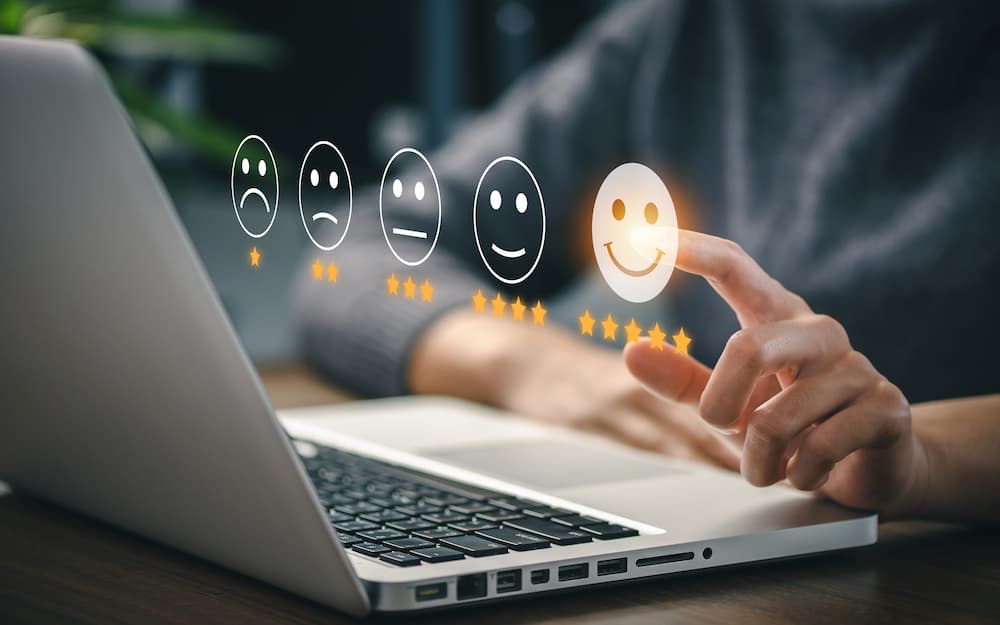Business associates in 20s, 40s, and 50s relaxing and exchanging ideas in sitting area of modern … [+]
getty
Disabilities affect a quarter of the people living in the United States and abroad. With increased labor shortages, there is an opportunity to better include folks with disabilities who have been historically left out of the workforce. To be more inclusive, we recommend practicing everyday acts of inclusion, shifting your language, getting respectfully curious and staying committed to allyship long-term.
The CDC estimates that disabilities affect approximately 61 million, or nearly one in four (26%) people in the United States living in communities. Disabilities affect more than one billion people worldwide. Only 21% of those with disabilities are employed in the United States, a number that has increased in recent years, largely attributed to the increased popularity of remote work.
With increased labor shortages that are forecasted to sustain, this is a clear opportunity to be more inclusive of folks with disabilities in the workplace. It is a must-have, not a nice-to-have. It’s also a competitive differentiator on talent attraction and retention.
We know that when we make the workplace work better for people with disabilities, it makes work better for everyone. This is best illustrated by the curb-cut effect. By making sidewalks more accessible to those with disabilities, we all benefit more—those with strollers, bike riders and seniors or those with mobility impairments—many more than the originally targeted audience.
Many types of disabilities are non-apparent, or sometimes called “invisible.” Some common examples of disabilities include:
- Physical disabilities
- Psychiatric disabilities
- Speech and language disabilities
- Medical disabilities
- Learning disabilities
- Deafness or being hard of hearing
- Blindness or low vision
- Brain injuries
- Attention-deficit disabilities
It’s also important to know that under the umbrella of disability, the CDC also includes mental health and neurodiversity. Mental health is different from neurodiversity. Some examples of mental health include:
- Depression
- Bipolar disorder
- Anxiety
Neurodiversity means a person’s brain works differently than most other people’s. That could be verbal vs. nonverbal. Some common (yet not exhaustive) forms of neurodiversity are:
- ADHD
- Autism
- Asperger syndrome
To be more inclusive I recommend practicing everyday acts of inclusion, shifting your language, getting respectfully curious and staying committed to allyship long-term.
Practice Everyday Acts of Inclusion
Everyday acts of inclusion matter. It’s often this everyday behavior that people are judged by as inclusive leaders. That means taking action. Consider these ideas for advocating for those with disabilities:
- Adjustments to work hours and office layouts
- Specialized equipment to accommodate needs
- Interpreters and closed captions for those with vision or hearing disabilities
If you are not sure what someone’s preferences are, just ask—respectfully, of course. Here are some sample questions:
- What would make our workspace more inclusive for those with disabilities?
- What’s one thing I could do to be more inclusive of folks with disabilities?
- What conversations do we need to have about disability inclusion that we are not having now?
Shift Your Language
It is important to note that people have their own preferences about how they wish to be described or referred to. Always listen to learn first and build trust before asking somebody what their preference is. Often, you can listen for cues in their own language and mirror how they describe their identity when describing them.
To be more inclusive of folks with disabilities in the workplace, consider using people-first language. People-first language acknowledges a person beyond their current condition and sees their full identity, as opposed to limiting them to their disability. Consider these subtle shifts in language:
- Say “person with a disability” rather than “disabled person”
- Say “non-disabled person” rather than “able-bodied”
- Say “person with autism” rather than “autistic person”
To be inclusive does not require a complete overhaul of the words you use, yet it does necessitate a shift. Consider some of these adjustments:
- Unreal (not insane)
- Unbelievable (not crazy)
- Jerk (not psycho)
- Awful (not stupid)
- Bad (not dumb)
- Eccentric (not mental case)
- Limited (not crippled)
- Organized (not OCD)
- Accessible (not handicap-accessible)
- Ridiculous (not retarded)
- Moody (not bipolar)
Get Respectfully Curious
We never want to put the responsibility on those with disabilities to educate the majority group; instead, research what you don’t understand yet and find a credible source, then ask an educated question to someone who might be living with a disability. Chances are they can give you more context from their own lived experience to validate or disconfirm what you’ve researched already. We never want to put the brunt of education on others who are already experiencing the adversity of diversity.
Stay Committed to Allyship
Allyship is recognized from the eye of the beholder, and it’s not a soft proclamation. Rather than calling yourself an ally, you can demonstrate allyship best through action. If you’re striving or hoping to be a better ally, here are some ideas to consider:
- Examine workplaces for inclusion and ask for accommodations
- Explain the “curb effect” to people to increase advocacy at your organization
- Engage in candid conversations with curiosity to demonstrate your support
- Volunteer at organizations that support those with disabilities
- Expand your network to those with disabilities so you can learn from them
Disability affects much of the potential workforce. With increased labor shortages, there is an opportunity to better include folks with disabilities who have been historically left out of the workforce. To be more inclusive, try practicing everyday acts of inclusion, shifting your language, getting respectfully curious and staying committed to allyship long-term.
Credit: Source link










